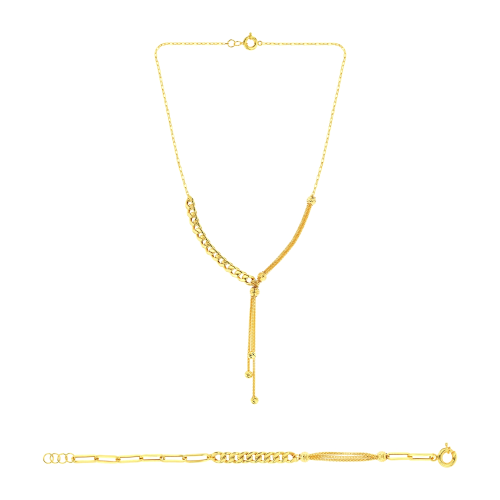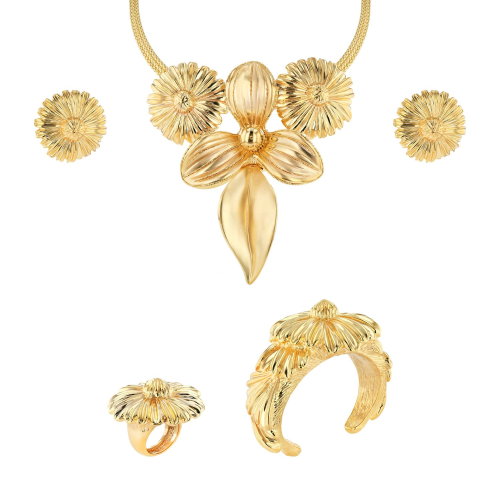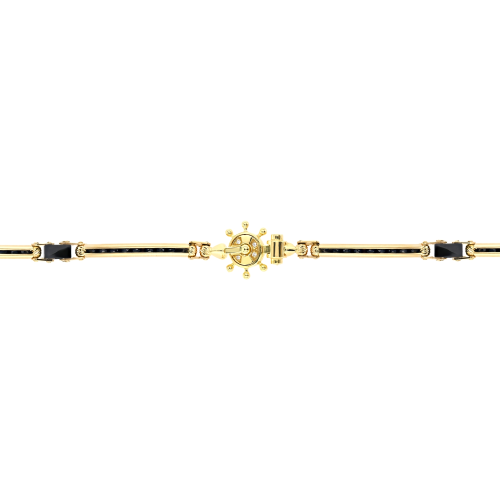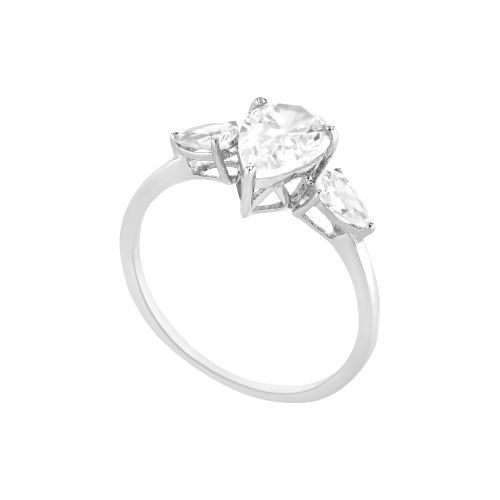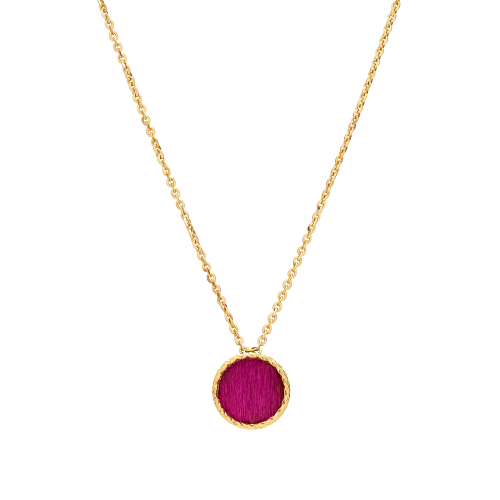The Fascinating Journey of a Diamond from Mine to Masterpiece
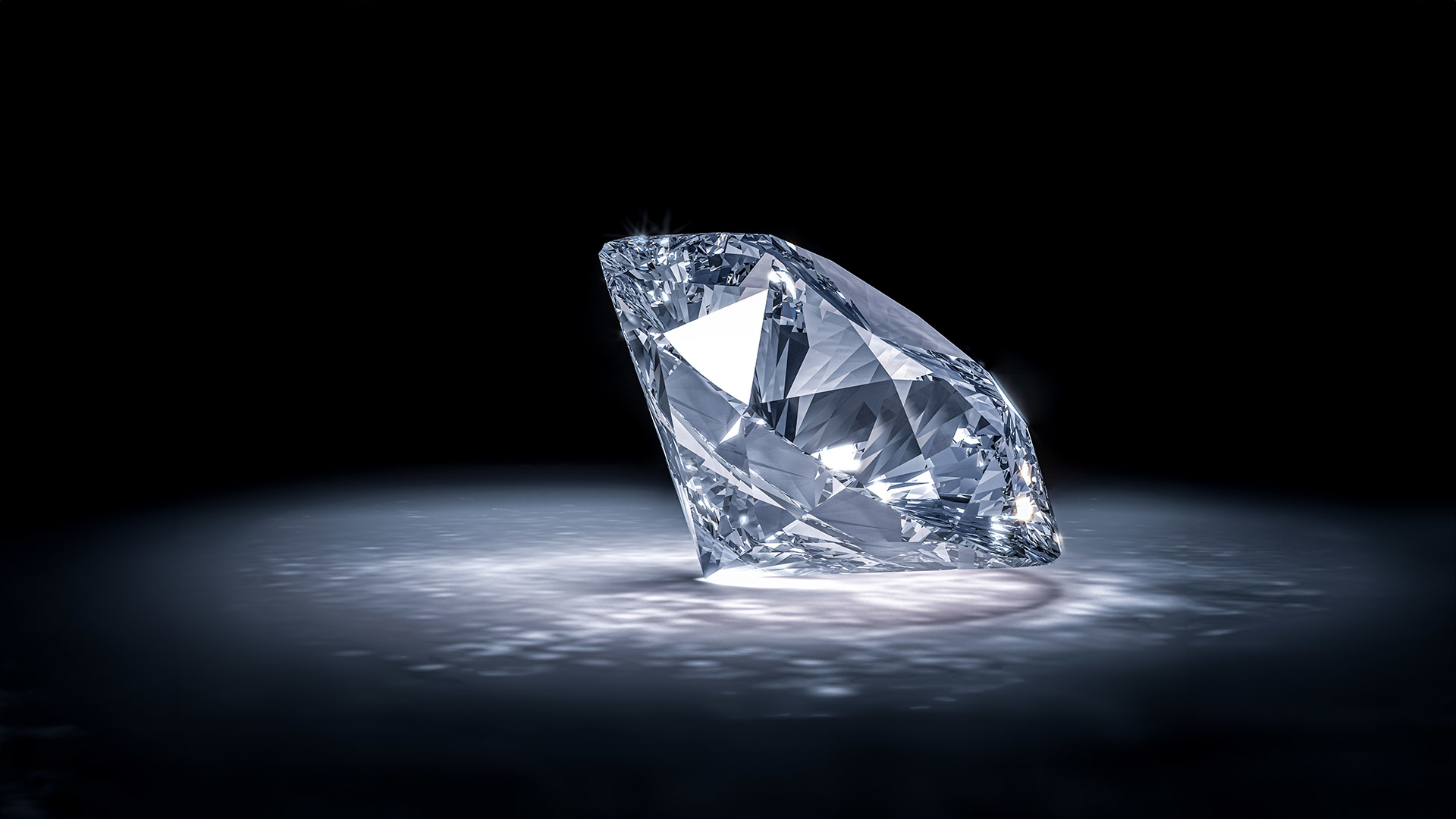
Deep beneath the Earth's surface lies one of nature's most coveted treasures - the diamond. These precious gems undertake an extraordinary journey from their volcanic origins to becoming dazzling pieces of jewelry. Let's explore the remarkable transformation process that turns rough diamonds into magnificent works of art.
The Birth of a Diamond
The story begins over a billion years ago, roughly 150 kilometers beneath the Earth's surface. Here, in conditions of extreme heat (around 2,200°F) and crushing pressure (725,000 pounds per square inch), pure carbon atoms crystallize into diamonds. These natural marvels are then thrust toward the surface through volcanic pipes in molten rock known as kimberlite, creating diamond-bearing deposits that miners can access today.
The Mining Process
Modern diamond mining is a sophisticated operation that combines cutting-edge technology with traditional methods. Open-pit mining is common for surface deposits, where massive excavators remove layers of earth to expose diamond-bearing ore. For deeper deposits, underground mining becomes necessary, with tunnels extending hundreds of meters below the surface.
Once extracted, the ore undergoes initial processing at the mine site. Large crushing machines break down the rock, and various separation methods, including x-ray technology, help identify and isolate rough diamonds. This technology detects the unique way diamonds fluoresce under x-ray radiation, allowing for efficient separation from other minerals.
The Rough Diamond Market
After mining, rough diamonds enter a complex global marketplace. Major mining companies sort their findings into thousands of categories based on size, color, clarity, and potential cut grade. These rough stones are then sold to specialized diamond cutters and manufacturers through a carefully controlled distribution system.
The sorting process requires incredible expertise, as the value and potential of each rough stone must be accurately assessed. Expert sorters can determine how a rough diamond might be cut to yield the highest value, considering factors like natural inclusions and crystal structure.
The Art of Cutting and Polishing
This stage marks the transformation from rough stone to brilliant gem. Master cutters begin by studying each diamond using advanced scanning technology to create detailed 3D models. This helps them determine the optimal cutting pattern to maximize the stone's beauty while minimizing waste.
The cutting process begins with cleaving or sawing, where the rough diamond is separated into manageable pieces. Then comes the bruiting phase, where diamonds are shaped into their rough form by grinding two diamonds against each other, as diamond is the only material hard enough to cut another diamond.
The faceting process follows, where the stone's distinctive faces are cut and polished. A round brilliant cut diamond, the most popular style, typically has 57 or 58 facets. Each must be precisely positioned to maximize the stone's interaction with light, creating the sparkle and fire that diamonds are famous for.
The polishing stage requires extraordinary precision and patience. Diamond polishers use specialized wheels coated with diamond dust to achieve a perfectly smooth surface on each facet. This process can take several days or even weeks for larger stones.
Quality Assessment and Certification
Once cutting and polishing are complete, the diamond undergoes rigorous evaluation by gemological laboratories. These independent institutions grade diamonds based on the "Four Cs": Cut, Color, Clarity, and Carat weight. Each stone receives a detailed certificate documenting its characteristics and quality.
The most prestigious laboratories employ multiple gemologists to examine each stone, ensuring accurate and unbiased assessment. Advanced technologies, including spectroscopy and microscopy, help identify any treatments or enhancements and verify the diamond's natural origin.
From Gem to Jewelry
The final stage of transformation occurs in the hands of jewelry designers and craftsmen. Here, diamonds are combined with precious metals and other gemstones to create wearable works of art. Modern computer-aided design (CAD) technology allows designers to create intricate settings that perfectly complement each stone's unique characteristics.
Master jewelers then bring these designs to life through a combination of traditional craftsmanship and modern techniques. The setting process requires exceptional skill, as the diamond must be secured firmly while allowing maximum light interaction to maintain its brilliance.
Environmental and Ethical Considerations
The diamond industry has evolved significantly in recent decades, with increased focus on environmental and ethical practices. Many mining companies now implement comprehensive land rehabilitation programs and utilize renewable energy sources. The Kimberley Process Certification Scheme helps ensure diamonds are conflict-free, while blockchain technology is being adopted to track diamonds from mine to market.
Laboratory-grown diamonds have also emerged as an alternative, offering similar physical and optical properties to natural diamonds with a different environmental footprint. These stones undergo their own fascinating journey, from carbon seed to finished gem, in carefully controlled laboratory conditions.
The Final Destination
Whether displayed in a museum, worn as an engagement ring, or passed down as a family heirloom, each finished diamond tells a unique story. Its journey from the depths of the Earth through numerous expert hands represents an extraordinary collaboration between nature and human craftsmanship.
The next time you admire a diamond's sparkle, remember the incredible journey it has undertaken. From its formation over a billion years ago to its careful extraction, masterful cutting, and artistic setting, each stage has contributed to creating the masterpiece before you. This journey exemplifies human ingenuity and dedication to preserving and enhancing one of nature's most remarkable creations.

